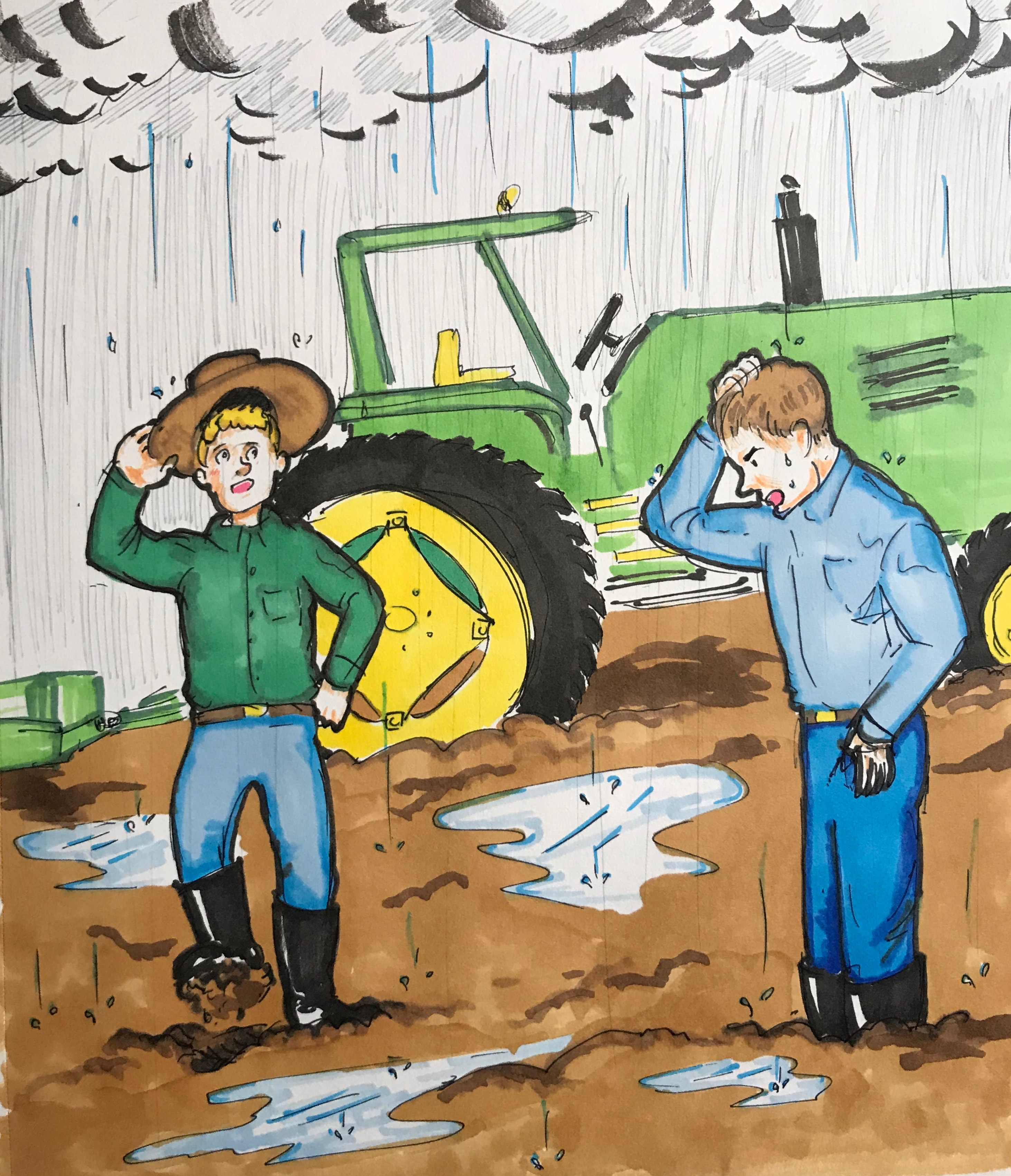Foliar Applied Herbicides
When rain is a possibility, people begin to ask how much time they need before or
after foliar applied herbicides are applied. In this area, herbicides are more likely
to be washed off with irrigation water then they are by rain but the same principles
apply. As always, there is no universal answer and it will depend upon many factors.
Almost all are rainfast in from 1 to 4 hours. Only 15 minutes is needed for some
and others require eight hours. 2 to 4 hours is a good rule of thumb. Some of the
most important factors affecting how fast the herbicide gets into the foliage are
mode of action, leaf surface characteristics, surfactant use, environmental conditions
and age of the plant. Plants that are small and actively growing absorb herbicides
faster than those that are larger and more mature. Contact herbicides do not have
to be translocated through the plant, work quicker and are not as sensitive to growing
conditions. Water-based formulations are more easily washed off than are oil-based
products. Herbicides need more time to get into plants that have a thick waxy cuticle
or leave hairs. The addition of a surfactant that helps the herbicide spread and
stick to the leaves reduces the time needed before rain or irrigation. All of these
factors interact with each other and can affect how much time is needed.
Soil Applied Herbicides
The effect of rain on soil applied herbicides is variable. Those that adhere strongly
to the soil such as Prefar and the dinitroaniline (yellow) herbicides including
Balan, Treflan and Prowl will most often not be affected by rain of up to 0.5 inch.
Heavier rains may help move them down into the soil. Rains in excess of 0.5 inches
may leach some herbicides such as Kerb, below the weed seeds and require a second
application if the label permits. Volatile herbicides like Goal or Eptam can be
evaporated and be lost or cause crop injury.
"Here in Yuma we love the water but hate the rain!”
 Tickes/J.Pena
Tickes/J.Pena
|



